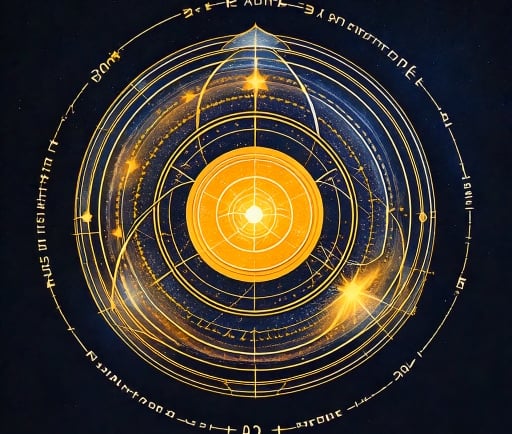Newton's Law and the Three-Body Problem


Introduction to Newton's Law
Newton's laws of motion have long been regarded as the foundation of classical mechanics. Developed by Sir Isaac Newton in the 17th century, these laws describe the relationship between a body and the forces acting upon it, shedding light on the motions of objects. The three laws—namely, the law of inertia, the law of acceleration, and the law of action-reaction—paint a comprehensive picture of dynamics and establish principles that govern both everyday occurrences and cosmic phenomena.
Exploring the Three-Body Problem
One of the most intriguing challenges in celestial mechanics is the three-body problem, which examines the motion of three bodies interacting under their mutual gravitational forces. Compared to the simpler two-body problem, where orbits can be precisely calculated, the three-body problem remains significantly more complex due to the multitude of variables and potential outcomes involved.
The three-body problem highlights the limitations of Newton's laws when applied to more than two celestial bodies. Although Newton's law of gravitation provides a framework to understand gravitational interactions mathematically, finding exact solutions to the trajectories of three or more bodies is often infeasible. This complexity results in chaotic behavior, where even minor changes in initial conditions can lead to vastly different motions.
Applications and Implications
Despite its complexity, researchers continue to study the three-body problem to glean insights into celestial mechanics and broader astrophysical phenomena. The model has applications in understanding the dynamics of star systems, the orbits of planets in multi-star systems, and even spacecraft trajectories in astrodynamics.
Mathematical approximations and numerical simulations have evolved as essential tools in tackling the three-body problem. These methods allow scientists to predict behaviors under various conditions, aiding in exploratory missions and satellite navigation systems. Moreover, understanding these interactions can illuminate the conditions leading to planetary formation and the dynamics within crowded environments such as galaxy clusters.
In conclusion, while Newton's law provides a fundamental framework for understanding motion and gravity, the three-body problem poses significant challenges that underscore the complexity of our universe. These challenges reveal the interplay between simplicity in laws of nature and the rich, chaotic behavior exhibited by celestial events. As research continues, the insights gained from studying the three-body problem not only enhance our grasp of gravitational interactions but also inspire wonder about the intricacies of cosmic phenomena.
